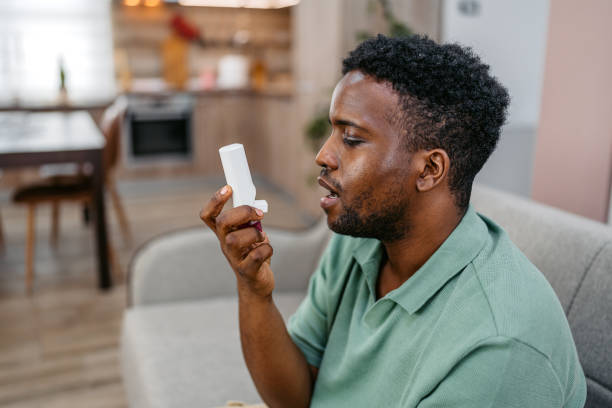By Evans Matthews
Erectile Dysfunction (ED) affects millions of men across the globe, yet it remains one of the most misunderstood health conditions. Defined as the persistent inability to achieve or maintain an erection sufficient for sexual performance, ED is not just a consequence of aging—it can be a signal of broader health concerns.
Understanding the Causes
ED can stem from a variety of causes, both physical and psychological. Common physical causes include cardiovascular diseases, diabetes, high blood pressure, obesity, and hormonal imbalances. Psychologically, stress, anxiety, depression, and relationship issues can contribute significantly.
“Erectile dysfunction is often the ‘canary in the coal mine’ of men’s health,” explains Dr. Michael Werner, a New York-based urologist and sexual health specialist. “It can be an early warning sign of heart disease or other chronic conditions that need attention.”
Globally, the World Health Organization estimates that over 150 million men suffer from some degree of ED, with projections expecting that number to double by 2025, particularly as lifestyle-related illnesses rise.
Dispelling the Myths
ED is shrouded in myths that can prevent men from seeking timely help. One common misconception is that it only affects older men. In reality, studies show that about 1 in 4 men who seek help for ED are under 40.
Another myth is that ED is purely psychological. While mental health plays a role, the majority of chronic cases are linked to underlying physical conditions.
“There’s this stigma that ED is a reflection of masculinity or virility,” says Dr. Akiko Tanaka, a Tokyo-based clinical psychologist. “But that’s simply untrue. It’s a medical issue—just like hypertension or diabetes—and it should be treated with the same seriousness.”
Real, Evidence-Based Solutions
The good news is that ED is treatable. Solutions range from lifestyle changes—like exercise, quitting smoking, and reducing alcohol intake—to medical interventions such as oral medications (e.g., Viagra, Cialis), testosterone therapy, and even psychological counseling.
In more complex cases, devices like vacuum erection pumps or penile implants may be recommended. The key, however, lies in early diagnosis and a holistic approach.
Globally, telehealth is also bridging the gap in treatment. Digital platforms now offer discreet consultations, prescriptions, and therapy sessions, especially valuable in regions where stigma or lack of specialists poses a barrier.
Moving Forward
Open conversations, public education, and improved access to care are vital to overcoming the shame and silence surrounding ED. Partners play a crucial role too—support, understanding, and empathy can transform a man’s response to the condition.
As Dr. Werner puts it, “Erectile dysfunction isn’t the end of a man’s sex life—it can be the beginning of better health and communication.”
Breaking the silence is the first step toward healing—not just physically, but emotionally and relationally as well.





